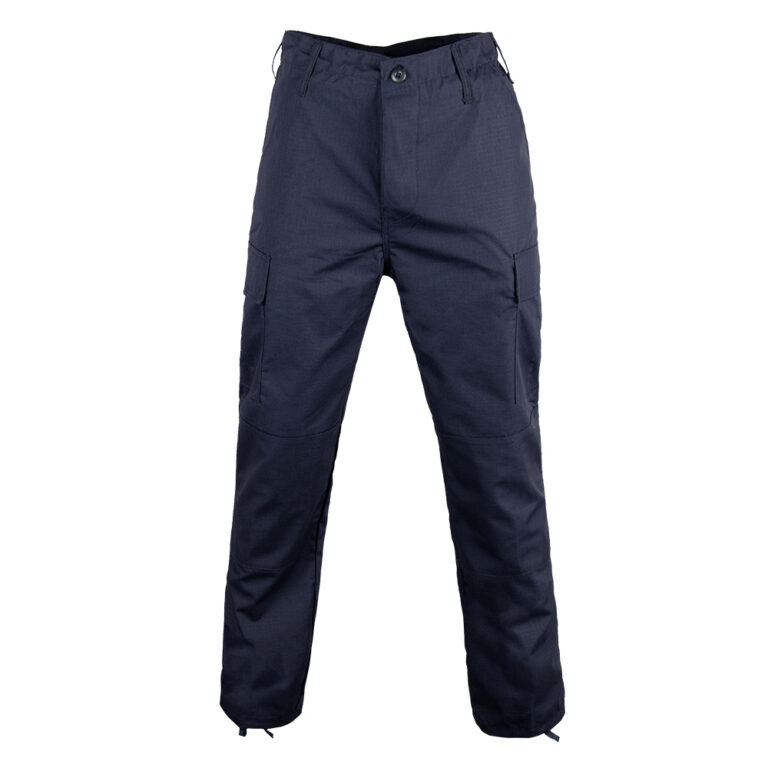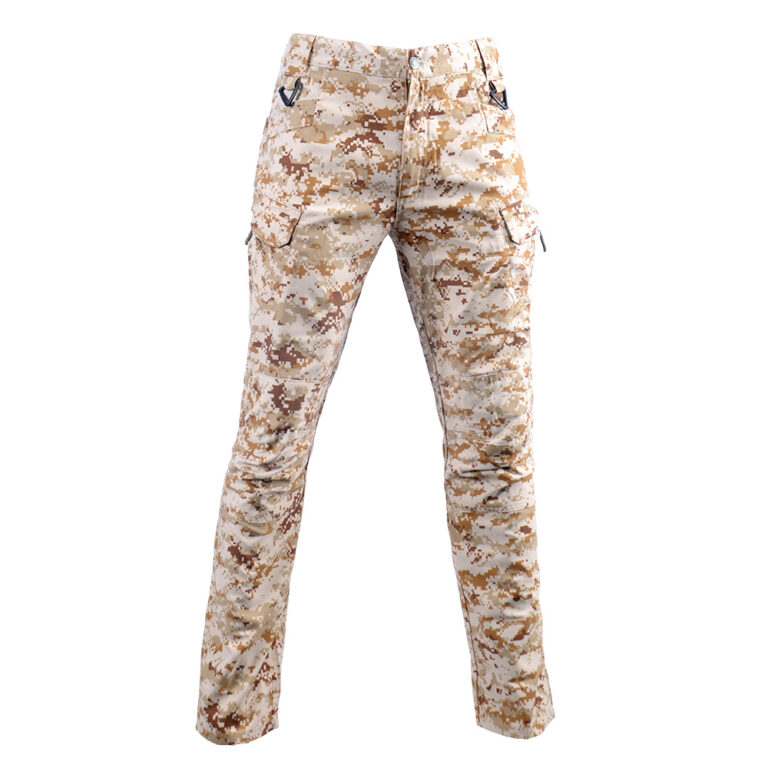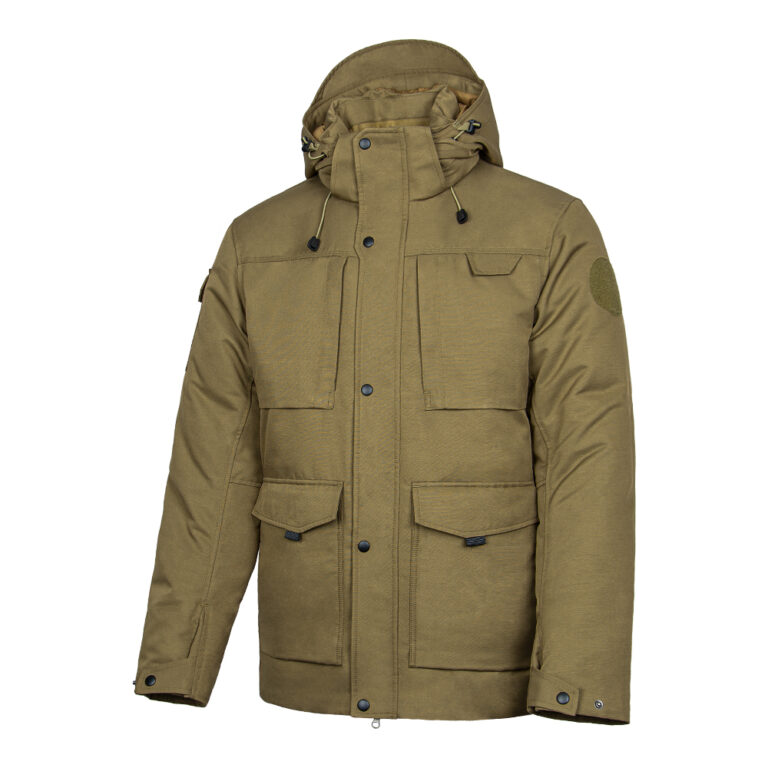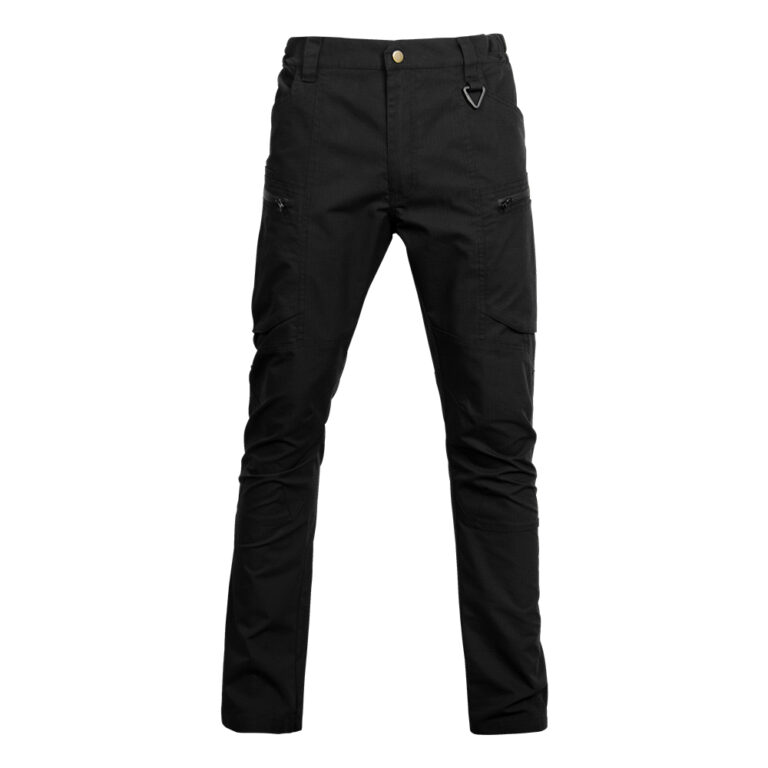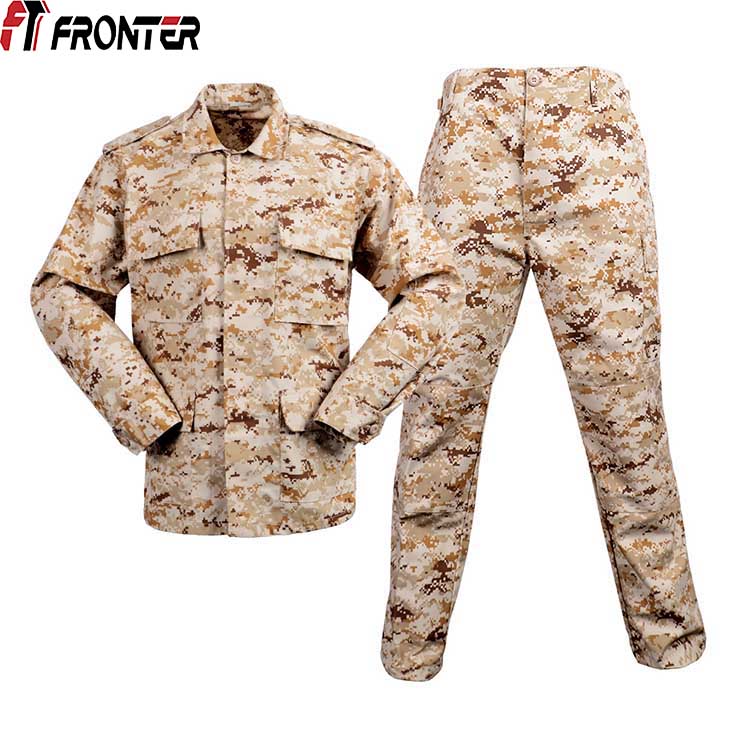

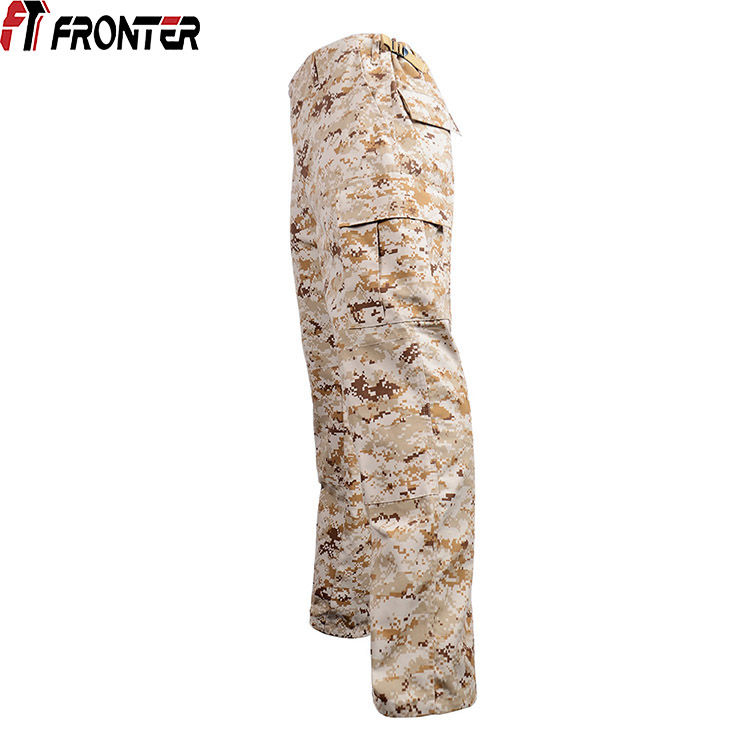

Materials:
65%Polyester+35%Cotton
60%Cotton+40%Polyester
50%Nylon+50%Cotton
Fabric weight:
210-220g/sm
Size:
XS-3XL or customization
Turn Down Collar.
Shoulder Epaulette.
Front cargo pockets with hidden button flaps.
Dual chest pockets.
Adjustable buttons at sleeve cuffs.
Waist rope:which can adjust waist tightness easily, clothing closefitting, comfortable shape.
Button Fly.
Selected firm fabric.
Wide pocket design.
What is the desert camo uniform called?
The Desert Camouflage Uniform (DCU) is an arid-environment camouflage uniform that was used by the United States Armed Forces from the mid-1990s to the early 2010s.
Is DCU still used?
This camo is also known as the Desert Combat Uniform (DCU), formerly worn by the U.S. Air Force, U.S. Army, U.S. Marine Corps and U.S. Navy. In service from 1991-2012.
Is MultiCam a desert camo?
MultiCam Arid™: A pattern intended for open sand and rock – ideally suited for apparel when working exclusively in bright open desert terrain.
What is the best desert camo pattern?
In Natick tests, the analogue two colour British desert camouflage proved to be the best desert camouflage design.

